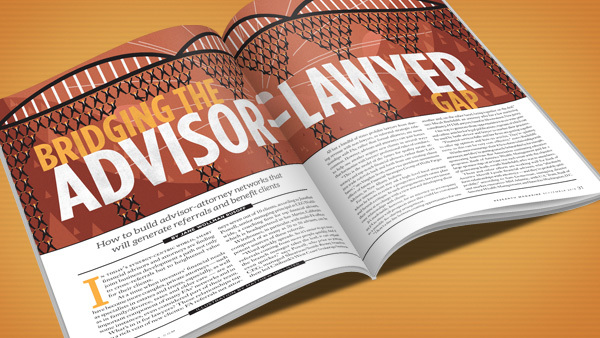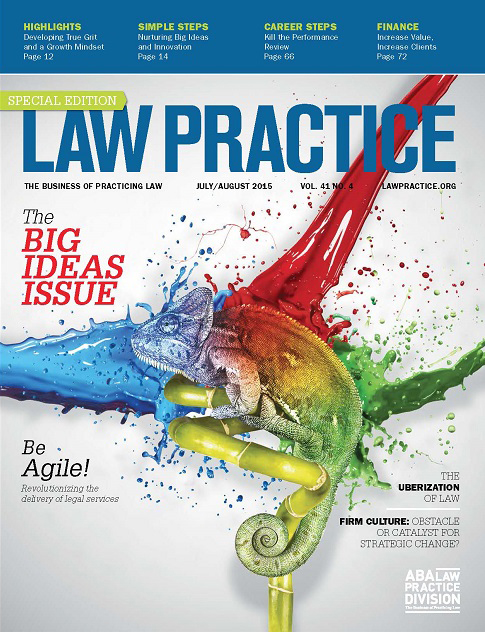LP Magazine – Diversity and Inclusion is a Marketing Tool (and Necessity) in 2017
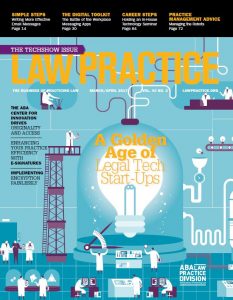
ABA Law Practice Magazine, March/April 2017
Diversity as a business development tool cuts both ways. For those law firms that lack it, there is often frustration in knowing there are matters and clients that they will lose. For those that have it, there are endless opportunities to be rewarded.
It was ironic that the March/April 2017 issue of the ABA’s Law Practice Magazine arrived the same week that I was working on another ABA responsibility—the March 1st implementation of the ABA’s new CLE diversity policy. As chair of the Standing Committee on Continuing Legal Education (SCOCLE), I have had the privilege of being involved in the many years where this policy was discussed, and ultimately adopted. Now I have the opportunity to oversee the implementation of a policy—that quite simply—requires an ABA program to meet a certain diversity threshold among the faculty, or not be accredited by the association. It is not unlike the requirement of many corporate legal departments that will dole out work to diverse lawyers.
 Marketing Attorney Blog
Marketing Attorney Blog


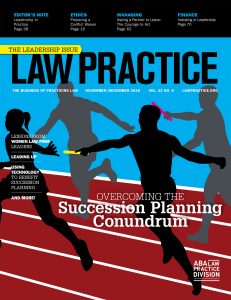
 In the 15+ years where I’ve taught the marketing & advertising ethics CLE hour of Ethics Potpourri, this years’ program has elicited some of the most fascinating exchanges from the audience. I teach this hour live in Philadelphia and Pittsburgh every April, August and December. The coming weeks include the live presentation in Pittsburgh on August 25th and Philadelphia on August 30th. For directions and registration information, visit
In the 15+ years where I’ve taught the marketing & advertising ethics CLE hour of Ethics Potpourri, this years’ program has elicited some of the most fascinating exchanges from the audience. I teach this hour live in Philadelphia and Pittsburgh every April, August and December. The coming weeks include the live presentation in Pittsburgh on August 25th and Philadelphia on August 30th. For directions and registration information, visit  My first sit-downs with law firm management to discuss marketing strategies were 20 years ago. In the subsequent two decades, I held those discussions in the board rooms of Amlaw 100 law firms and in conference rooms of law firms with ten or fewer. Their approach to marketing expectations from young attorneys was consistently inconsistent.
My first sit-downs with law firm management to discuss marketing strategies were 20 years ago. In the subsequent two decades, I held those discussions in the board rooms of Amlaw 100 law firms and in conference rooms of law firms with ten or fewer. Their approach to marketing expectations from young attorneys was consistently inconsistent.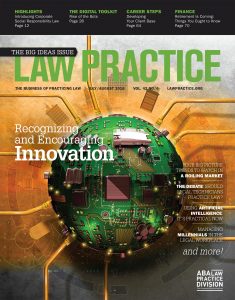 As National Football League coach Chip Kelly begins his first training camp with the San Francisco 49ers, my column in the July/August 2016 issue of the ABA’s Law Practice Magazine,
As National Football League coach Chip Kelly begins his first training camp with the San Francisco 49ers, my column in the July/August 2016 issue of the ABA’s Law Practice Magazine, 
